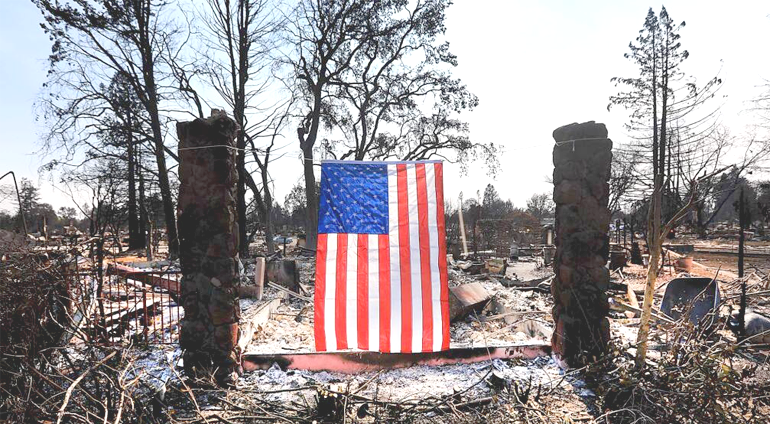
Some catastrophe loss-hit treaties in the U.S. witnessed rate increases of more than 100% at the 1/1 2023 reinsurance renewals, as Hurricane Ian, other catastrophe and risk losses, inflation, and rising interest rates drove disruption in the market.
According to Gallagher Re, for risk loss-free treaties in the U.S. price changes of +15% to +25%, with rises of +35% to +150% for risk loss-hit treaties. At the same time, the broker finds that catastrophe loss-free treaties experienced rate increases of +25% to +50%, while catastrophe loss-hit saw rises of +45% to +100%.
The price movements in the property space confirm what many had speculated prior to the renewals, that property reinsurance rates would be on the rise at 1/1 – some significantly – regardless of recent loss experience.
However, it’s clear that loss hit programmes experienced the steepest rises at the key January renewals.
Reinsurers were eager to exclude natural perils from risk excess programmes at 1/1, although this stance was moderated during negotiations with many programmes completed on an all-perils basis and others excluding critical catastrophe only.
On catastrophe programmes, reinsurers looked to tighten occurrence definitions, and in certain instances sought to exclude secondary perils and restrict coverage to critical earthquake and hurricane perils only, explains the broker.
Analysis by Gallagher Re reveals that in the U.S. a late renewal season with many reinsurers refusing to quote before Thanksgiving, which ultimately meant that firm order terms (FOTs) were not issued until mid-December.
Natural perils were accepted, although cedants looking to complete large capacity programmes had to accept some restriction of perils covered.
Wide range of price changes were observed as reinsurers looked to differentiate between geographical scope, peril specific coverages, cedants and loss impacted accounts.
First layers of Risk excess of loss and Cat programmes were particularly challenging to place as reinsurers looked to move up programmes. Accordingly, many cedants increased net positions via co-participations, annual aggregate deductibles, or fixed retention increases.
Cyber, communicable disease, terrorism, strike and riot became frequent points of discussion with reinsurers seeking to restrict reinsurance coverage.




